The Spicy Truth: California Chili – Hot, Healthy, and Full of Flavor!
Table of Contents
- Introduction
- A Brief History of California Chili
- Different Varieties of California Chili
- Culinary Uses & Tips for Cooking with California Chili
- Buying Guide: Choosing the Best California Chili
- Health Benefits of California Chili
- California Chili in Local Culture
- Conclusion
Intro: What’s All the Fuss About California Chili?
When it comes to chili peppers, California might not be the first place that comes to mind. But don’t be fooled—this sun-soaked state has carved out its own spicy niche in the global spice map. From smoky ancho to fiery jalapeño, California chilies bring bold flavors and versatility to any dish. Whether you're a seasoned chef or a curious foodie, understanding what makes California chili unique can elevate your cooking game.

A Brief History of California Chili
Chilies may have originated in Central and South America, but they found a happy home in California. Brought over by Spanish settlers, chilies thrived in the Mediterranean-like climate. Today, California is one of the top producers of fresh and dried chilies in the U.S., particularly known for its jalapeños and pasillas.

| Year | Milestone |
|---|---|
| 1820s | Spanish missionaries introduce chilies to California missions |
| 1950s | Commercial chili farming expands across Central Valley |
| 2000s | California becomes a major supplier of organic chilies |
Different Varieties of California Chili
California grows a wide array of chilies, each with its own heat level, flavor profile, and ideal use. Let's take a look at some of the most popular types:
- Jalapeño: Medium heat (2,500–8,000 SHU), perfect for salsas, nachos, and pickling
- Poblano / Pasilla: Mild to medium (1,000–2,000 SHU), often used in rajas and mole sauces
- Hatch Chiles: Grown in New Mexico but widely used in California cuisine; versatile for roasting and stuffing
- Serrano: Hotter than jalapeño (10,000–23,000 SHU), great for hot sauces and garnishes
- Bell Pepper: Not a chili per se, but often grown alongside chilies and used as a mild base
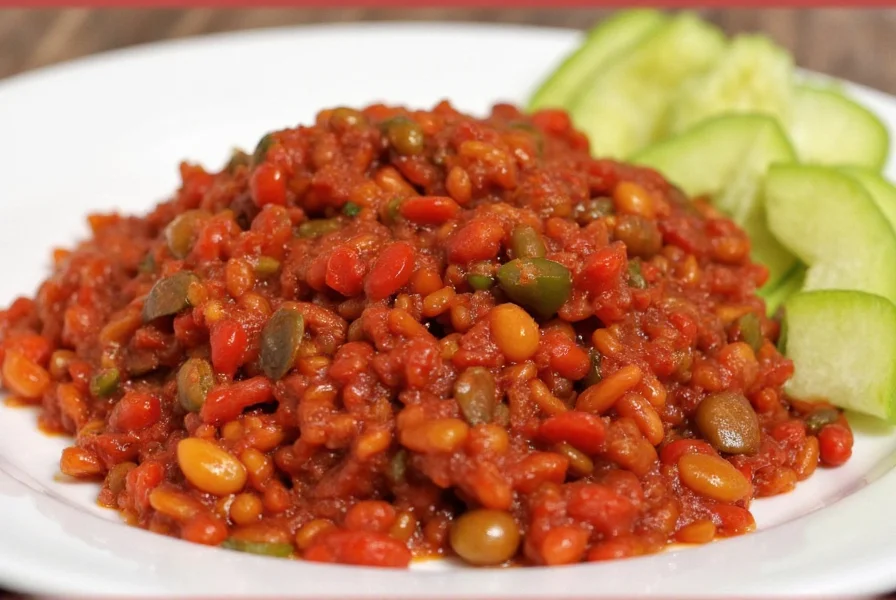
| Chili Type | Scoville Heat Units | Flavor Profile | Best Use |
|---|---|---|---|
| Jalapeño | 2,500–8,000 | Grassy, crisp | Salsas, pickling, tacos |
| Poblano | 1,000–2,000 | Earthy, mild | Rajas, stuffed dishes, mole |
| Serrano | 10,000–23,000 | Sharp, biting | Hot sauces, pico de gallo |
Culinary Uses & Tips for Cooking with California Chili
Whether you're grilling, roasting, or blending, California chilies can add depth and heat to your dishes. Here are some practical tips:
- Roast them: Roasting enhances flavor and gives a smoky finish. Try roasted poblanos in enchiladas or jalapeños in guacamole.
- Pickle them: Pickled jalapeños are a fridge staple—great on burgers, sandwiches, and salads.
- Dry them: Dried California chilies like pasillas can be rehydrated for sauces or ground into powder for seasoning blends.
- Blend into sauces: Serranos make excellent hot sauces when blended with lime juice, garlic, and salt.

Pro Tip: Managing the Heat
If you’re worried about spiciness, remember: the seeds and white membranes contain most of the capsaicin (the compound responsible for heat). Remove them if you want milder results.
Buying Guide: Choosing the Best California Chili
With so many options available, how do you know which California chili to buy? Here’s a handy guide to help you choose based on your needs:
| Chili Type | Flavor | Heat Level | Best For | Who Should Buy |
|---|---|---|---|---|
| Fresh Jalapeño | Crisp, grassy | Medium | Salsas, tacos, pickling | Home cooks, taco lovers |
| Dried Pasilla | Earthy, raisiny | Low to Medium | Mole sauces, stews | Slow cooker fans, sauce makers |
| Fresh Serrano | Peppery, intense | High | Hot sauces, pico de gallo | Spice seekers, hot sauce lovers |
Where to Buy
- Local Farmers’ Markets: Great for peak-season freshness and talking directly to growers
- Supermarkets: Consistent availability year-round
- Online Spice Retailers: Offer dried versions, powders, and specialty mixes
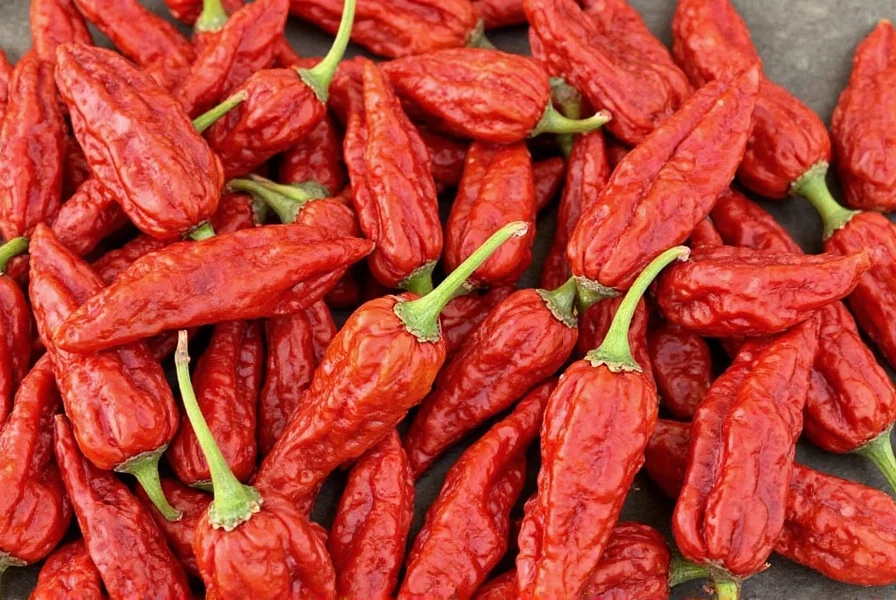
Health Benefits of California Chili
Beyond their flavor punch, California chilies are also nutritional powerhouses. Here’s why they should be part of your regular diet:
- Vitamin C Boost: One jalapeño contains more vitamin C than an orange!
- Metabolism Kickstart: Capsaicin can temporarily increase metabolism, helping with weight management.
- Anti-inflammatory Properties: Found in compounds like capsaicin and various antioxidants.
- Heart Health: Regular consumption linked to improved cholesterol levels and circulation.

California Chili in Local Culture
In California, chilies aren’t just ingredients—they’re a way of life. From backyard barbecues to gourmet restaurants, the chili pepper symbolizes warmth, flavor, and community. Annual events like the “California Chile Fest” celebrate this love with live music, cooking demos, and chili-eating contests.
Even beyond traditional Mexican fare, California chefs are experimenting with chilies in everything from pasta sauces to cocktails.
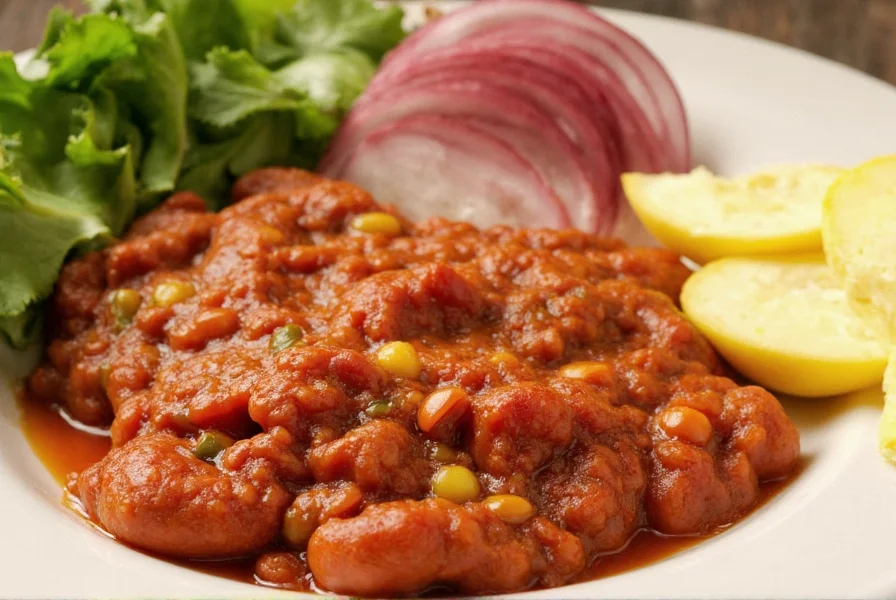
Conclusion: Spice Up Your Life with California Chili
California chili is more than a condiment—it’s a cultural cornerstone and culinary treasure. With its diverse flavors, health benefits, and ease of use, there’s no reason not to explore the world of California chilies. Whether you’re simmering up a pot of chili con carne or tossing roasted jalapeños onto a burger, these peppers will keep your taste buds dancing.
So next time you see those glossy green jalapeños or earthy brown pasillas at the market, grab a few and start experimenting. Your kitchen—and your palate—will thank you.
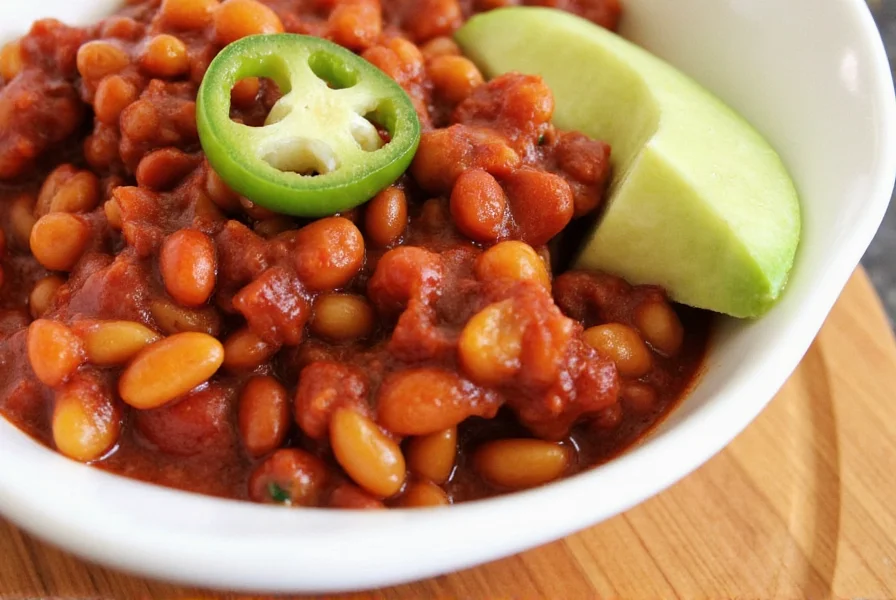

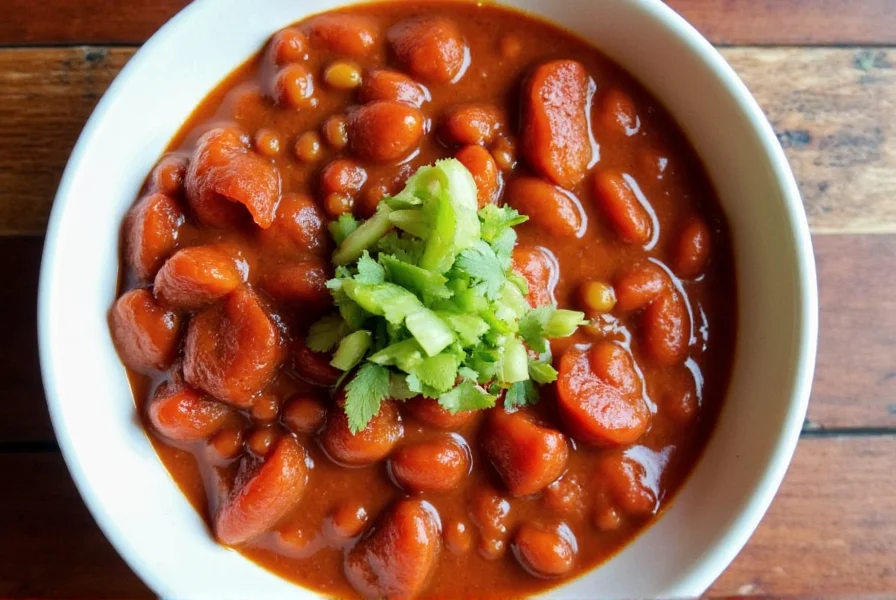









 浙公网安备
33010002000092号
浙公网安备
33010002000092号 浙B2-20120091-4
浙B2-20120091-4